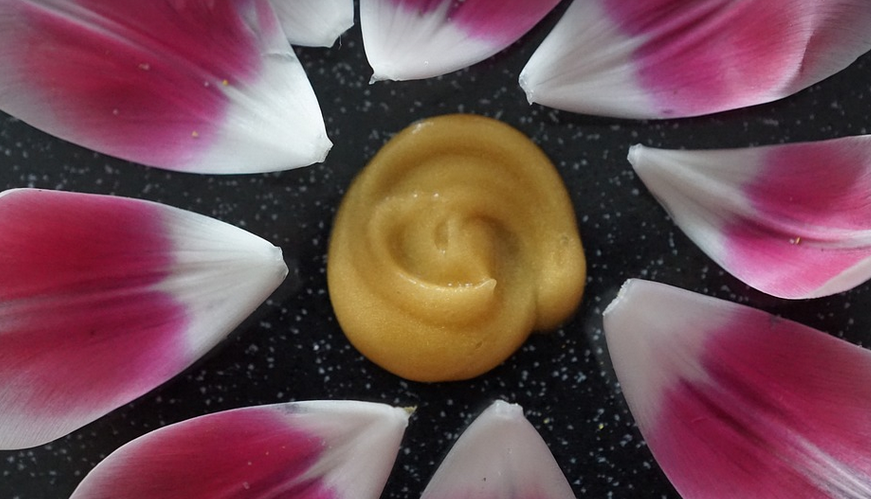Unmasking the Sugar-Coated Enigma: A Deep Dive into Edible Gum’s Nutritional Value
Edible gum. It’s everywhere these days, from colorful packs tucked in your purse to those quirky flavors found at the grocery store. But amidst the endless rainbow of options and tempting scents, have you ever stopped to wonder what exactly is going on inside that little piece of chewy delight?
We all know it comes with a sweet reward – a burst of flavor that keeps us coming back for more. But beyond the mouthwatering experience, there’s a hidden nutritional story waiting to be uncovered. We’re diving into the world of edible gum, exploring its ingredients, and revealing what each little piece might actually offer your body.
Edible gum, a bit like a chameleon, is built from a surprising variety of components. You’ll find a common thread running through most – the humble carbohydrate. It’s not just about sugar! The type of carbohydrates in edible gum can be quite different depending on what you’re looking at.
Let’s talk about the major players: starch, polymers like polyvinyl alcohol (PVA), and even certain types of cellulose. These are the building blocks that give your gum its structure, texture, and overall chewability.
But hold on! It gets more interesting than just carbohydrates. You’ll find that some gums include additives, like those that enhance flavor, sweetness, or even color.
One ingredient you’ll likely encounter is **polyvinyl alcohol (PVA)**. This chemical polymer acts as a binding agent, giving the gum its characteristic chewy texture. PVA doesn’t offer any significant calories or nutritional value on its own, but it’s an integral part of what makes edible gum so satisfying to chew.
And there are other hidden surprises in the world of edible gums!** Some varieties contain **gum arabic**, a natural gum derived from acacia trees. This ingredient adds both texture and a subtle sweetness to the gum, making it even more enjoyable.
But what about calories? You’re probably wondering about the impact on your health. Let’s dive into how edible gum measures up in terms of nutrition.
When considering the nutritional value of edible gum, remember that each type has its own unique blend of ingredients. It’s not a one-size-fits-all scenario.
For example, let’s look at **classic sugar-based gum**. These gums are packed with sugary flavor and typically boast a high calorie count. As you chew, your body processes the sugar, providing a burst of energy. However, be aware that excessive consumption of sugar can lead to health issues like weight gain, dental problems, and even diabetes.
On the other side of the spectrum, **sugar-free gums** offer an alternative with fewer calories, but they often rely on artificial sweeteners to mimic the sweetness. These sweeteners may provide some benefits, such as improved blood sugar control, but there’s a debate about their long-term effects.
Ultimately, it’s important to choose gum according to your individual needs and dietary preferences.
Let’s talk about **specific nutritional values per 100g**. As with most things in life, the exact information can vary across different brands and varieties of edible gum.
For example, a typical sugar-free gum might have around 20-50 calories per 100g. You’re likely to find that the majority of this calorie count comes from ingredients like sorbitol or xylitol.
But on other hand, some varieties may be more substantial in terms of sugar content. For example, a classic sugar-based gum could have 150-200 calories per 100g depending on the type and amount of sweetener used.
Remember: these are just rough estimates! Nutritional values can fluctuate due to how much you eat and the kind of sweeteners used in each specific gum.
**Choosing wisely:** When you reach for that little piece of chewy delight, be mindful of your dietary goals.
For instance, if you’re trying to stay within a low-calorie diet and manage your blood sugar levels, opt for sugar-free gum.
**Beyond the calories:** While calorie count is important, it’s also essential to consider other factors like the type of sugars used and added ingredients. Some gums may contain artificial flavors or colors, which can be beneficial in some cases but might not be suitable for everyone.
**Always check the label:** Before you indulge in a big chunk of gum, always scan the packaging for the nutritional information. You’ll find details about calories, added sugars, and other important ingredients.
Ultimately, edible gum offers more than just a sugary treat. By understanding its nutritional profile and making conscious choices, you can enjoy this tasty snack while staying on top of your health goals.
